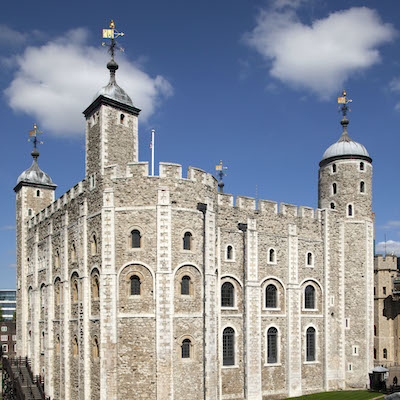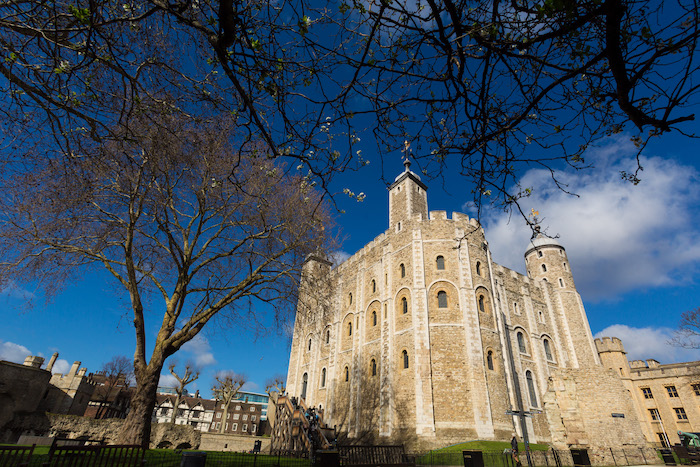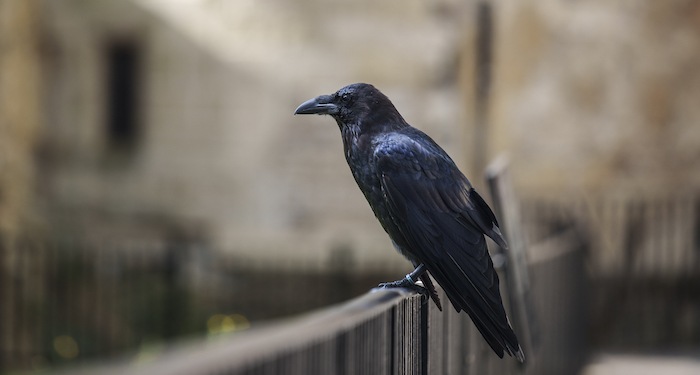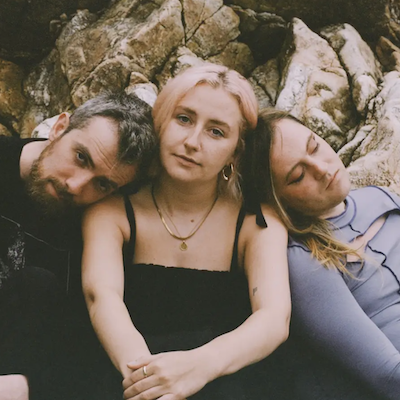
Truth be told Hampton Court has long ruled as Loverboy’s favourite historical London location. But just like King Henry VIII callously threw aside Catherine of Aragon, in favor of Anne Boleyn, we may have found ourselves a new lover, The Tower of London.
Earlier this month, feeling inspired after finally reading Hilary Mantel’s Wolf Hall, Loverboy decided it was time to lock ourselves up again in The Tower. Yes, while the rest of the city frollicked in the sunshine, we decided to treat our inner goth to dark days, reading tales of torture, murder and more at one of the capital’s oldest and grizzliest monuments.
The day we visited happened to be the four hundred and eighty-fourth anniversary of the death of one Thomas Cromwell, our hero of Wolf Hall and Henry VIII‘s most infamous henchman. Well, strictly speaking he was Henry’s lawyer who, in 1533 helped Henry wriggle his way out of his marriage to Catherine of Aragon, change the religion of the whole country and proceed to marry Anne Boleyn only to then behead her at The Tower. There’s a lot of history behind them there walls.
When approaching The Tower, it’s really the most amazing location. Originally built in 1078 at the behest of William the Conqueror, in what was the then centre of the city, The Tower now finds itself positioned between the skyscrapers of the financial district and the River Thames. This provides you with the greatest contrast in London architecture. From inside the walls you can even see The Traitors’ Gate where many a criminal was admitted into The Tower.
Once inside we began our tour at The Bloody Tower, learning about the terrors of The Rack, The Scavenger’s Daughter and the disappearance of the famous Two Princes. Bringing the history to life were various panels detailing prisoners’ crimes, trials and punishments. For example, one such criminal was Hew Draper, a respectable inn-keeper from Bristol, who was accused of employing sorcery against the king’s courtiers. He denied the charge but did admit to dabbling in sorcery in the past. In 1560 he was consequently sent to The Tower and then…never seen again. Curious.

Unsurprisingly there are not many happy endings for anyone who entered The Tower, let alone the LGBTQ+ community. For example, British Diplomat Sir Roger Casement won fame for his early ground-breaking reports on Human Rights abuses in the Belgian Congo and Peru. But after trying to gain German support for Irish independence during WWI, he was sent to The Tower, his diaries detailing his homosexual private life were leaked, he was then convicted of treason and hanged at Pentonville Prison.
In terms of royalty, Edward II stayed in the resplendent Medieval Palace with his favourite Piers Gaveston. The pair are generally thought to have been lovers, ‘even at his wedding banquet the King is said to have given more attention to Gaveston than to his new Queen.’ Last year we read Neil Blackmore’s excellent The Dangerous Kingdom of Love about another king and his favourite, this time King James I and the poisonous Robert Carr who eventually found himself imprisoned at The Tower. The story was also told recently in Sky’s Mary & George. Read more about Queer Histories at The Tower here.
But there are other tales of people breaking down walls, such as the radically-thinking Anne Askew who in 1545, having been thrown out by her husband for being Protestant, was the first woman in England to ask for a divorce. But in 1546 she was sentenced to the rack at The Tower to give up names of other Protestant radicals. The only woman to have ever been tortured at The Tower survived but then the following year was convicted of heresy and burned at the stake.

Upon leaving The Bloody Tower, we got up, close and personal with The Tower’s famous ravens, Jubilee, Harris, Poppy, Georgie, Edgar, Branwen and Rex. The ravens only really joined the legend of The Tower of London around 1883 but that’s long enough for a superstition to be established that should the ravens disappear from The Tower one day, ‘the Crown will fall and Britain with it.’ While walking across the grounds, we also found the place of Anne Boleyn’s execution and said a quick benediction in her name. Love you, diva!
We then entered the fortress to view the legendary Crown Jewels which have been kept at The Tower since 1661. Inside we found regalia worn by King Charles III and Quen Camilla at last year’s Coronation as well as the sword wielded by our star of the ceremony, Penny Mordaunt. As Lord President of the Privy council, Mordaunt took painkillers on the day just to be able to carry the 400 year-old sword that’s over 1 metre in length.
Rich in history, stories and myths from just under 1,000 years, The Tower of London is a must-see for vistors and even if you’ve been before, with numberous new events, exhibitions and discoveries, isn’t it time you returned to The Tower?
For more information see www.hrp.org.uk
All photos: © Historic Royal Palaces









